 With the final presentation approaching next Saturday, I must admit that the independent part of TRIP ended up so abruptly and unexpectedly. I felt like I was just getting to the interesting part of my research and there is so much more that I would have liked to accomplish in regards to my experiments. I wasn’t expecting to miss it, but here I am reflecting back and wishing that this program lasted for, at least, a few more weeks. I will miss the environment of focused study and atmosphere of constant scientific curiosity that was instilled in this independent research project. My project centered around potential developmental and fertility-related issues appearing as a consequence of the pesticide 2,4-D intake. My justification for the project was utterly simple: for how popular the application of this product is, there’s just not a lot of decisive research about the consequences of using it. In the end, while the results didn’t end up being nearly as ultimate and dramatic as I expected, they were clear enough to prove my hypothesis which can be overgeneralized into a simple “pesticide = bad.” While my somewhat slow immersion into the atmosphere of the independent project (due to a few missed Saturdays at the beginning of the project) certainly added to my stress of trying to catch up and stay on the same page as everyone else, by the end of the research I quite successfully adapted to the process of laboratory work, having mastered all the necessary skills required for efficient lab work. I gathered the skills I never thought I needed, yet didn’t regret having. As a consequence of the lab experiment, I mastered the work with larvae and all of the accompanying minute brush-manipulations, made more than 50 agar plates and some grape plates, and figured out how to identify the female fruit flies from the male ones. Yet one of the toughest procedures that I had to get used to by far was transporting flies from one vial to another with the tunnel and tapping (no ice baths and no CO2). This process required good timing and, I would say, some level of bravery in order to get the plug out and flip the vial without losing any precious flies. Yet the fact that even this procedure became somewhat mundane to me by the end of the project just goes to show how much progress was achieved over the course of this program (my crazy nonsensical theory is that the fruit flies, just like dogs, can sense fear and shaky hands of the uncertain experimenter; so, as I became less intimidated by the possibility of losing my experimental subjects, the lesser number of flies were lost).
0 Comments
12 weeks later, and it’s time to reflect on my time at TRIP! This program has taught me so much about science, research, and collaboration. I learnt how to think about our world and its circumstances in a scientific manner, which helped me piece together my independent project idea! For my project, I chose to study the effect of Vitamin D and Isolation on the anxiety and hostility in social behavior. This project was inspired by the hours of isolation, distancing, and lack of proper self-care many people faced over the past year (credits to COVID!). By placing flies under 4 conditions- a control, a Vitamin-D laced food vial, isolation vials, and one with both Vitamin D and Isolation, I was able to treat the flies in the environments many of us have spent the year of 2020 in. Following this, I ran assays to test the hostility of flies to one another, and their anxiety levels. Growing up, research always seemed like a daunting task to me. Researchers are what I perceive to be some of the most creative, intelligent and patient folk who populate this planet. I always believed I would never be ready for that level of deep- thinking and patience to persevere through the depths of science that constitutes research. However, TRIP has taught me that if I put my mind to a task, and develop my interest in it, I can accomplish anything. I would categorize myself as a highly impatient person, but I actually learnt to enjoy the tedious, long-drawn tasks involved in my project. I liked talking through my ideas with like-minded folk who helped me through my understanding of vast topics. At times, I strongly, strongly disliked the fruit flies when they refused to cooperate, but I soon learnt how to work with them and accomplish my goal. Overall, I truly enjoyed TRIP and I’m so glad I got to experience the program! With time ticking past each week, I felt more and more stressed as I had no clue what I would research for my independent project. Inspiration comes from the most unexpected places and this certainly applied to my journey here at TRIP. As a high-schooler who has experienced first-hand the challenges of being a junior in virtual school, it’s an understatement to just say that this year has been tough. However, these struggles (and I mean a lot of struggles) turned out to be somewhat beneficial. These highs and lows shaped what transpired to be my research project for TRIP. Whether it was staring at screens all day or missing out on the interactions that in-person school offered, I felt as though I wasn't absorbing information the way I used to. This curiosity eventually led me to the question of whether screen time and/or isolation impacted learning in any way. I came in one week feeling determined to conduct an adult memory assay, all for my mentor to tell me “this assay doesn’t really work!” Feeling disappointed, I switched gears to conduct a behavioral assay that was correlated to learning. This wasn’t exactly what I wanted to research, but it taught me that flexibility is essential in any setting and that one must find a way to adjust if something doesn’t go according to plan. However, a student in the morning session developed a new memory assay and when I heard of this news, I immediately expressed interest in this! I was asked if I wanted to start all over and focus the remainder of my time on this new memory assay, and without hesitation, I immediately took on the opportunity. Not only did I get to research my original interest, but working with the student who developed the new experiment taught me the importance of collaboration in life and how innovation is sparked from trying new things. The lab taught me that conferring with peers allows one to overcome obstacles and how a combination of independent work and teamwork is essential to advancements. I finally got to test memory on adult fruit flies, but things weren’t exactly smooth sailing from that point on. It turned out that this memory assay required multiple “training periods” for each fly, which meant that I had to start coming into the lab from 8 AM to 6 PM (yes… 10 hours… every Saturday). Despite the grueling task of waking up so early, this taught me the importance of time management and I must admit that time really did “fly” by every week. I was researching something that I was truly passionate about and the amazing mentors and friends that I’ve met at TRIP definitely made the journey more enjoyable.
I thoroughly enjoyed experiencing new things that I would have otherwise never even dreamed of trying
Interestingly, my data supports that vitamin D does have a positive effect on microbiome health, and because the microbiome is responsible for regulating many bodily systems, better microbiome health is an indicator of better overall health. However, when looking at adult mobility, another measure of overall health, there was no statistically significant difference between how active the flies treated with vitamin D were in comparison to the control flies. While vitamin D does not seem to improve activity and mobility, it does potentially improve gut health. I loved designing my own project, but that’s not to say that it did not come with its frustrations. Designing a research project has taught me much about learning to problem solve. As scientists, we must strive to be analytical and creative thinkers, not just when it comes to looking at our data, but also when we must adapt to problems and mistakes in the lab. Sometimes things go wrong, and sometimes we make mistakes. Sometimes an entire vial of flies gets stuck in wet food and dies, or sterile microbiome conditions are contaminated by using the wrong pipette tips. The great thing about TRIP is that you learn to grow from these mistakes. Over the course of the program, you learn better your lab skills as well as work through initial failures. Overall, I am extremely thankful for my entire TRIP experience. I thoroughly enjoyed experiencing new things that I would have otherwise never even dreamed of trying, like crushing flies to make solutions or observing fly embryos under a microscope. Working with Dr. Purdy, Dr. Leystra, and all my fellow TRIP friends taught me invaluable things about scientific careers, perseverance, and most importantly, myself.
The larval memory assay is definitely a really long one; it always took up most of my day and had me staying for really long hours. But, having my fellow trip lab mate Nadija doing it with me in the morning made it less lonely. My larvae and I now have a strong and unbreakable bond from hours we spent together week after week. Although no one from the morning session joined me again this time around, I met Evelyn and Aarushi who were in last year’s afternoon session! It was fun to meet new friends and expand my TRIP family Now that I have completed my experiment, I can now say that the hardest part of research by far is the data. Collecting data, analyzing data, presenting data -- the whole shabang. I definitely wasn’t expecting to struggle with that part of TRIP, but working with data just takes so long and is so tedious - it definitely tested my patience. I am so ecstatic to show everyone my final product at the symposium on Saturday. I can’t believe it’s almost over! I’ve expanded so much of my knowledge and grown as both a thinker and problem solver during TRIP. I’m gonna miss my larvae and the lab so much. Well, you know what they say: time flies when you’re having fun!
Every Saturday was an exciting challenge that I couldn’t help but look forward to. I can’t believe TRIP is almost over! It feels like I just started working in the lab, not 11 weeks later! Where did the time go? Probably into my project, which actually ended up going very well! My project was testing how lead poisoning impacted the gut microbiome. For those who don’t know, the gut microbiome is the bacteria that live inside your gut. It plays an important role in how metabolic/inflammatory diseases, cancer, and even depression develop in the body. Lead, as many know, is toxic to the human body. It can cause anemia, weakness, kidney damage, and brain damage. Its impact on the gut microbiome though isn’t known, which is why I chose this as my project. The second part of my project was testing to see if vitamin C and/or iron could restore the gut microbiome in lead-poisoned flies. Iron and lead share the same blood transporter, meaning if there is more iron in the body, less lead will be absorbed. Vitamin C increases the amount of iron that is absorbed. The idea is that by combining them, the best protection against lead can be achieved. In this project, I also wanted to demonstrate a potential cure for lead on top of showing the impact it has. My hypothesis was that lead would negatively impact gut microbiome health, and that vitamin C and iron would help restore it. In order to test this, I needed to create eight experimental groups. One was a control with no drug, one was with just iron, one was with vitamin C, one was with both iron and vitamin C. The remaining four vials followed the same pattern just with lead added in all. Each group was incubated for a week and then tested using the microbiome assay. The microbiome assay actually got much easier over time, and I luckily didn’t lose any more flies while doing it, which is a major win for data integrity. I did have to scale back my project from testing successive generations of flies to just testing the flies I put in the vials, but this ended up not being a huge issue since that was more of a secondary question. Overall, I’m incredibly proud of how my project turned out! It is hard to put into words how much I’ve enjoyed TRIP! Every Saturday was an exciting challenge that I couldn’t help but look forward to. I had some experience with science before TRIP, but I feel like I’ve learned so much in such a short period of time. I learned advanced assays, problem-solving (where every second counts when the flies are starting to wake up), science communication, and most importantly, time management. I’ve been able to meet some truly amazing people through TRIP, all from incredibly diverse backgrounds, and I can’t thank Dr. Purdy and Dr. Leystra enough for their amazing mentorship. Sure, it was stressful at times, but to be honest anything worth doing is. Overall, TRIP was an amazing experience and I can’t wait to see everyone at the symposium! I walked in on the first day of TRIP, worried about how I would grow in a studious, tense laboratory environment. Will I be able to keep up with these people? What if I make too many mistakes that would annoy the professors? Will I make any friends? In the end, I found myself having way too much fun working with peers, talking about my futures to TAs, and feeling productive when discussing my experiments with Dr. Purdy and Dr. Leystra. In the past twelve weeks, we went from group assay trials to independent projects. Despite its name, our projects are not completely independent at all. Instead, there are often others also working on the same task as me. Conversations flowed non-stop in the laboratory room and we often talked about topics about school. This is when my attention turns to the lack of sleep that high schoolers always go through due to their tightly packed academic affairs and extra-curriculars. Including myself, sometimes I would sleep extremely late at night and wake up to school or morning swim practice in merely a few hours later. Thus, I always carry around sports drinks in order to hydrate myself and give me some sugar boost throughout the day. With the help of my peers and professors, I formulated the questions: How does sports drink improve sleep-deprived teenagers’ memory? I fed the flies with a popular Asian sport drink, Pocari Sweat, and I set up a lamp right next to another vial of flies in order to disrupt their sleep. Seven days later, I would run the larval memory assay with the offspring produced in the vials and record the result. This assay consists of associating pineapple scent and banana scent to the agar plates and sugar plates. After a few rounds of getting the larvae to familiarize with the scents and the plates, they will be placed in a testing plate where both scent will be on separate sides of a sugar plate, and if the larvae traveled towards the banana scents, it shows that they have good memory and remembered the scent of banana associated with sugar. Lastly, I would like to thank everyone TRIP for accompanying me on this journey. I learnt how to manage my time, thinking creatively, and I am no longer afraid to ask for help from others. It is fascinating to see how much I grew throughout this program since I have always struggled with self-confidence while giving public speeches or evaluating myself amongst a group of people. My peers at TRIP always encourage me and make me feel extremely comfortable to talk and laugh in our spare time. It is magical how we turned a normal, silent looking classroom into a comedian show sometimes. Once again, I would like to thank Dr. Purdy, Dr. Leystra, TA, my parents, and all my friends at TRIP for always being there for me and creating some of the most important memories that I will cherish in my high school career!
My experimental question is; how does decreasing pain sensitivity with Aspirin affect fear-response in fruit flies? This project looks at how the common pain medication, Aspirin, influences risk-taking behaviors. Over-the-counter pain medications are widely accessible by almost everyone and taken every day by millions of people for a variety of reasons. Whether Aspirin is taken occasionally for headaches, or daily to prevent heart attacks, many are unaware of the physical side effects that come with taking this form of blood thinner. My main goal is to test if this medication also has some unintended mental effects that may correlate with the physical health of the users. This experiment has been shaped in a variety of different directions and a large component of the project wasn’t even decided until all of my data was collected and analyzed. Aspirin was never the main focus of study, but more so the way painkillers can increase a person’s pain threshold to a certain extent. In the end, the whole social aspect of my project was scrapped and I put some of the focus into a potential connection between health and number of risks taken, using my developmental data taken from the flies and the main risk-taking assay. This shows that the independent experiments can be constantly influenced by what the data is actually showing. Overall, my TRIP experience has been extremely interesting, and looking back on everything, I realized just how much I learned. My favorite part of TRIP was working with all of my lab mates and sharing stories of our school experiences and our own independent projects. Being able to share this experience with others brings in a sense of comfort because, even though we all have our own projects to worry about and figure out, a lot of us share the same issues and struggles. This is definitely a program for those who like the lab experience and going through procedures. A lot of it is repetitive and you don’t always see improvements right away, but it’s worth it in the end for the long term benefits and exposure to what it’s like learning in an environment that’s not super structured and gives the freedom for scientific creativity.
When I was first told to investigate my independent experiment, I was not really sure where to start, but I knew that I wanted my results to be relevant to a large part of the population. I finally decided to focus on the issue of sleep deprivation, which has unfortunately been made worse due to several effects of the pandemic on our lives. After conducting some research into the matter, I found that being sleep deprived increases your appetite for sugars and fats and food overall which encompasses simple sugar and caffeine. I also found that the less sleep one gets, the lower one’s cognitive function is. Because good cognitive function is extremely important for the academic work of developing humans (young adults and teenagers), I decided to investigate whether or not a combination of sugar and caffeine could protect cognitive function in sleep-deprived developing organisms.
I am so thankful to TRIP for allowing me to further my passion for science and experimentation and introducing me to so many new ideas. What I loved most about TRIP was how it perfectly blended advanced scientific procedures and concepts with a fun learning environment. I am really going to miss TRIP and I hope to be able to visit again in the future. I will never forget the lessons of kindness, collaboration, helpfulness, and curiosity as well as those of lab procedure, experimental design, and public speaking that I gained from this amazing opportunity. " After two years, with a long hiatus due to COVID, my time at TRIP is coming to an end. It is truly amazing to see how far I have come during my time at TRIP, from starting as a student who had no research experience or knowledge on how a wet-lab functions to a student who has a newfound love for research and her own research project which she is about to present to others. The hands-on research experience I was able to garner through this program, along with the amazing mentors and essential laboratory skills, has made TRIP one of the most influential parts in my career as a pursuing scientist. Creating my independent project was a challenging task for me as there were so many routes I could take and so many questions that I could answer. The freedom TRIP provided to pursue any question we wanted was exciting, yet daunting as I really wasn’t sure what to do. I knew I wanted to do something that correlated with some aspect of my life, so my initial ideas were based on the idea of school and stress; however, my ideas seemed overused and way too general. I decided to take a step back and really analyze my life and my surroundings and suddenly inspiration struck: my mom and her new weight loss phenomena. At the time, my mom was consuming chia seeds every morning before work because she had heard somewhere online that it helped promote weight loss. I thought she was absolutely crazy as it seemed impossible that consuming a single food with no additional form of exercise could do anything, so naturally, I decided to turn to google to try and find some answers and what I found was shocking! There were a plethora of YouTube videos and articles claiming the exact same thing my mom claimed, but there was no actual scientific evidence that proved this phenomena, and right in this moment was when my idea was formed. I wanted to design an experiment that I quite honestly hoped would prove my mom and the internet wrong. I decided that I wanted to test the effects of chia seeds on weight loss and activity levels, and I also added the effects of cortisol, which is a stress hormone in our bodies, in order to see if there was any correlation between stress, weight, and activity and if chia seeds could mitigate the effects of it. Therefore, my final experimental question was “can consuming chia seeds without any additional activity increase weight loss? Additionally, can cortisol, a stress hormone, affect the flies’ weight loss as well as their activity levels?” After running multiple trials for about 6 weeks, my data has proven that consuming chia seeds without any additional exercise do in fact promote weight loss and that weight loss does not correlate with one’s activity levels. I was honestly shocked by my results as they completely disproved my hypothesis and also proved that my mom was right afterall (sorry mom for not believing you)! I remember the first time I went through my experimental plan, I was so overwhelmed because I wasn’t sure if I could finish my experiments in a timely manner and still complete all of my assays thoroughly, but the constant support and guidance provided by Dr. Purdy and Dr. Leystra allowed me to remain confident in my skills and my project! |
Archives
April 2024
Categories
All
|
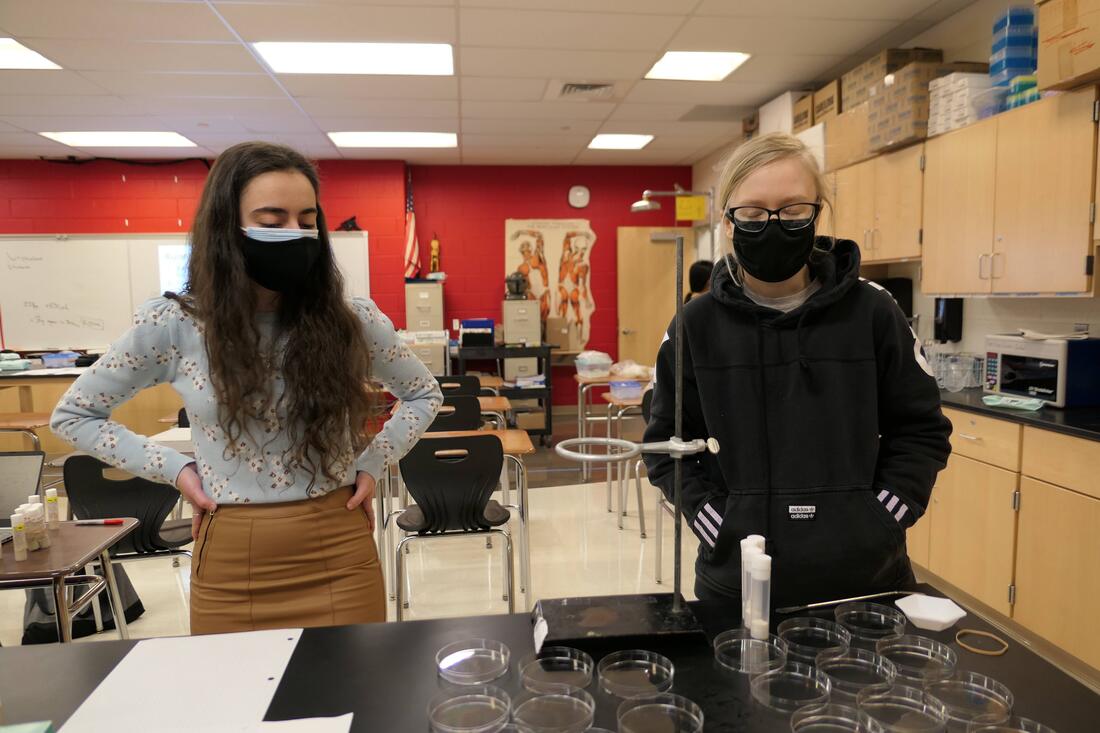
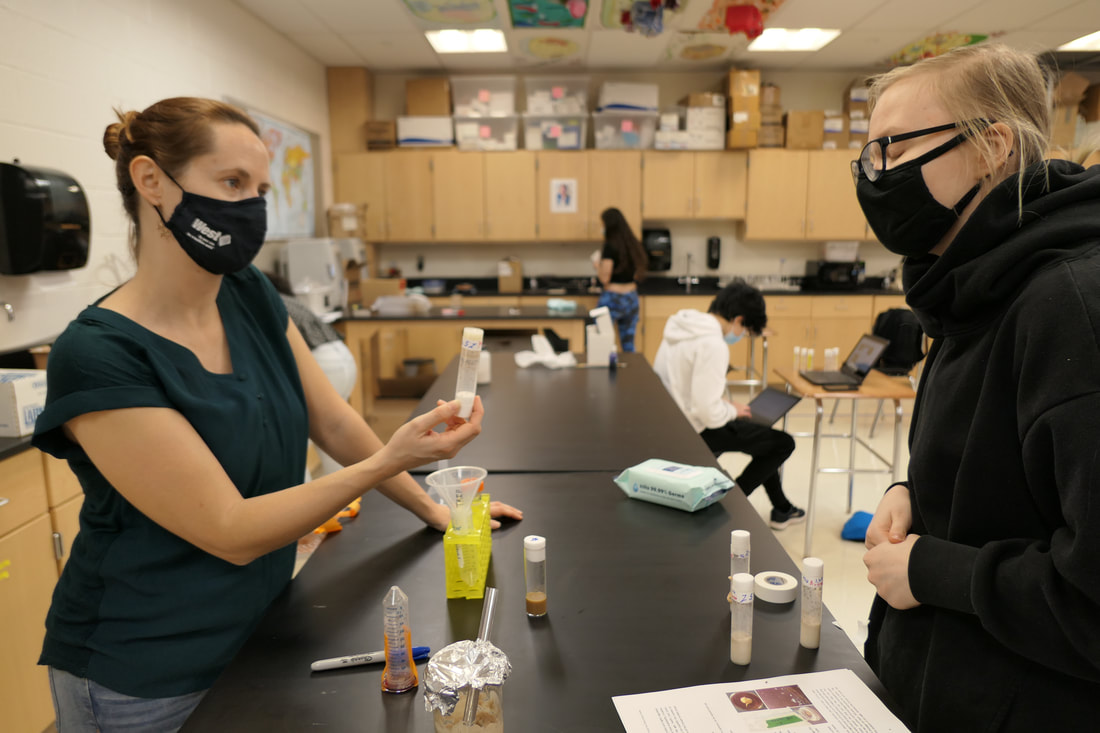
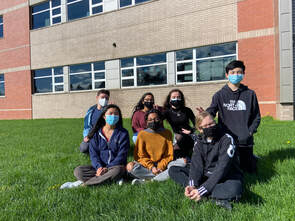







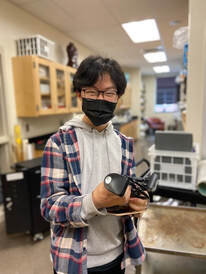
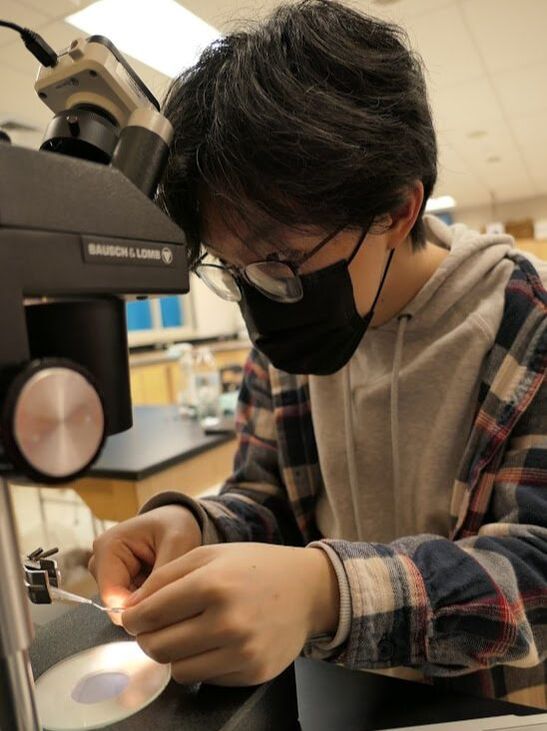
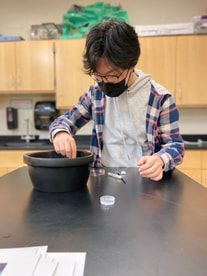



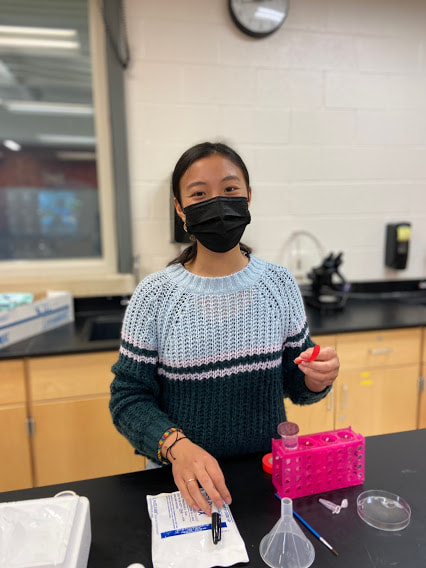

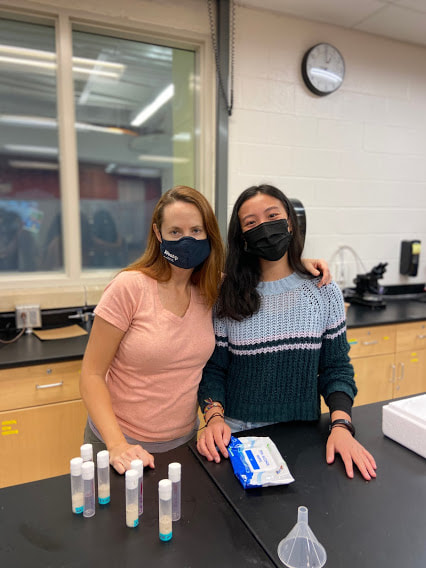
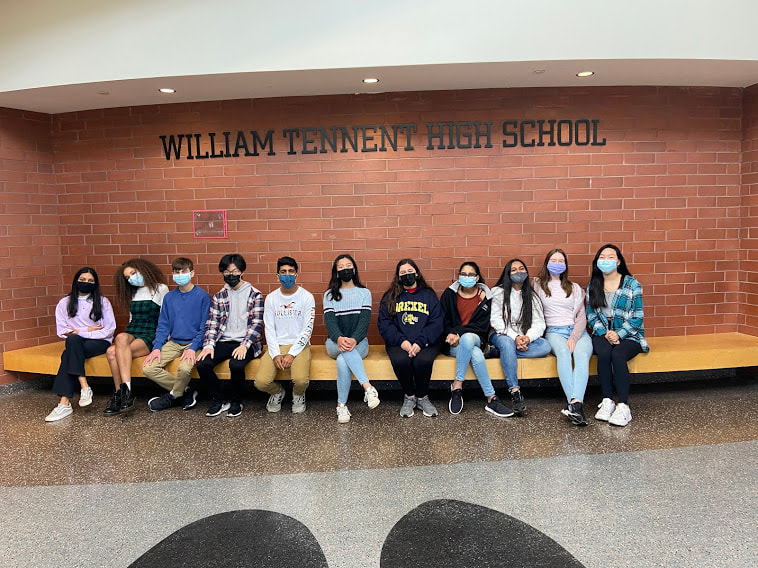
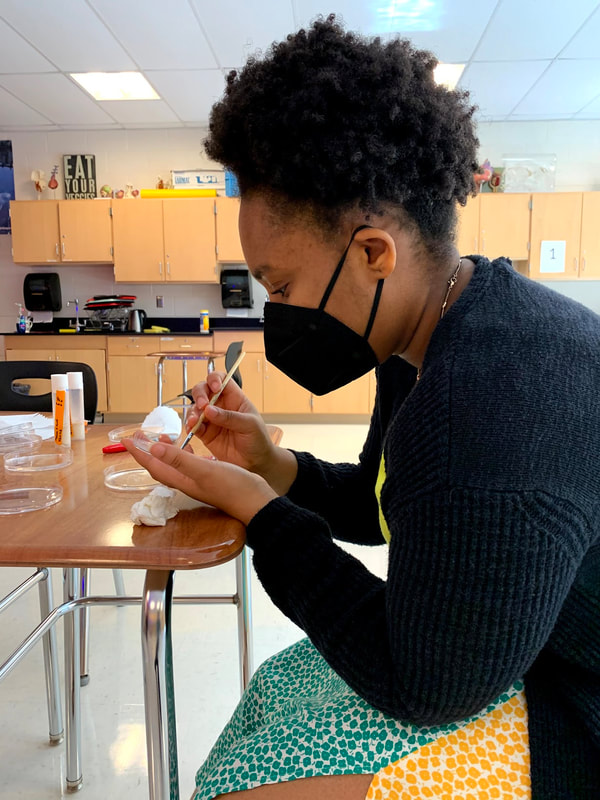
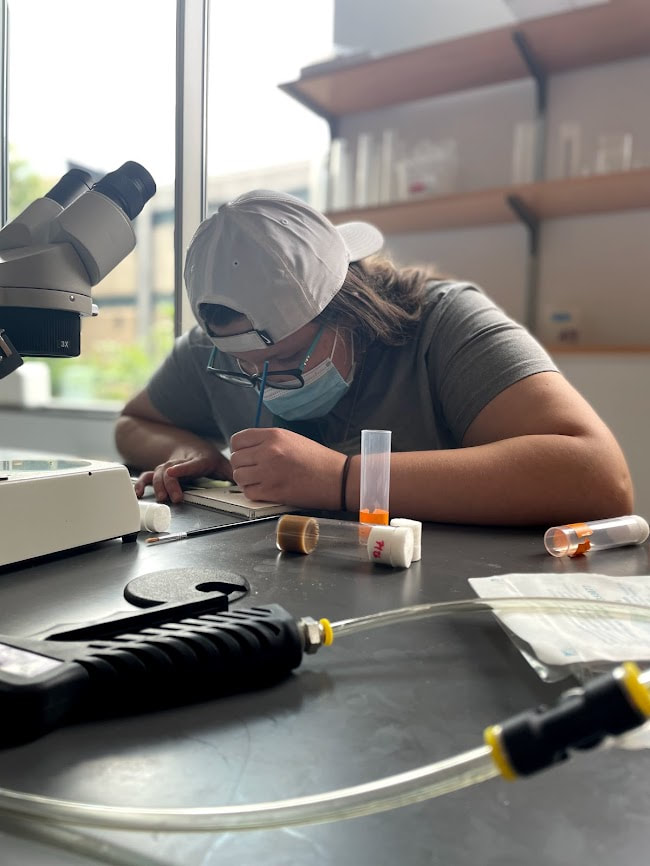
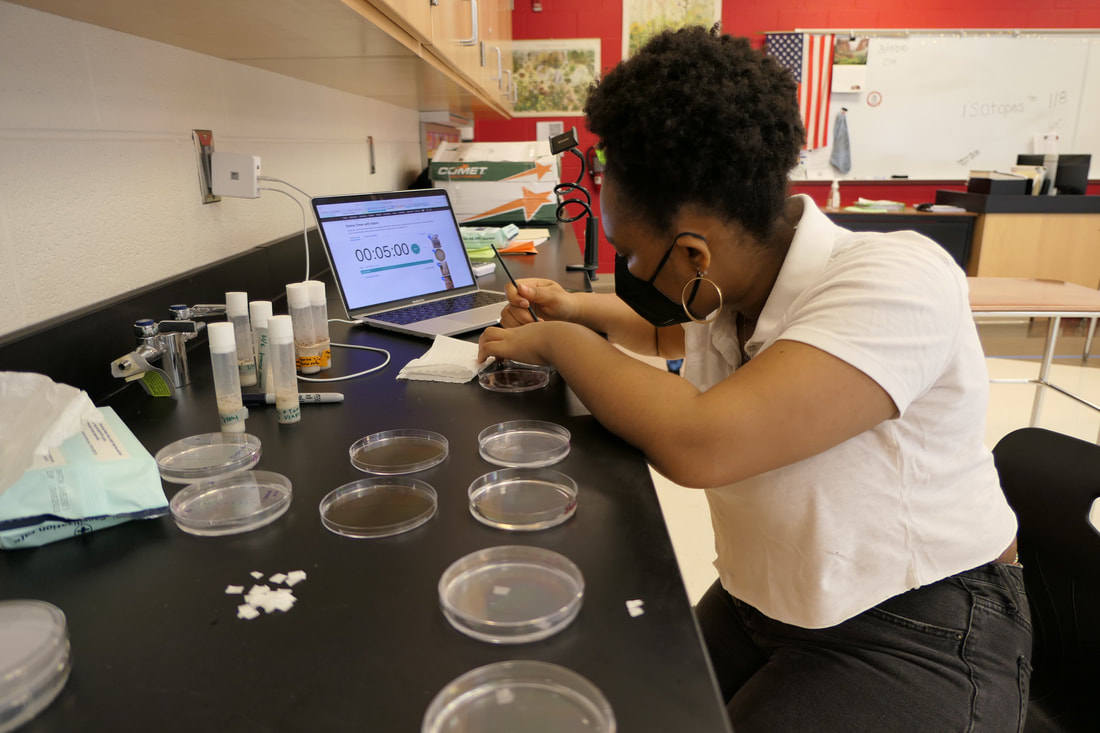


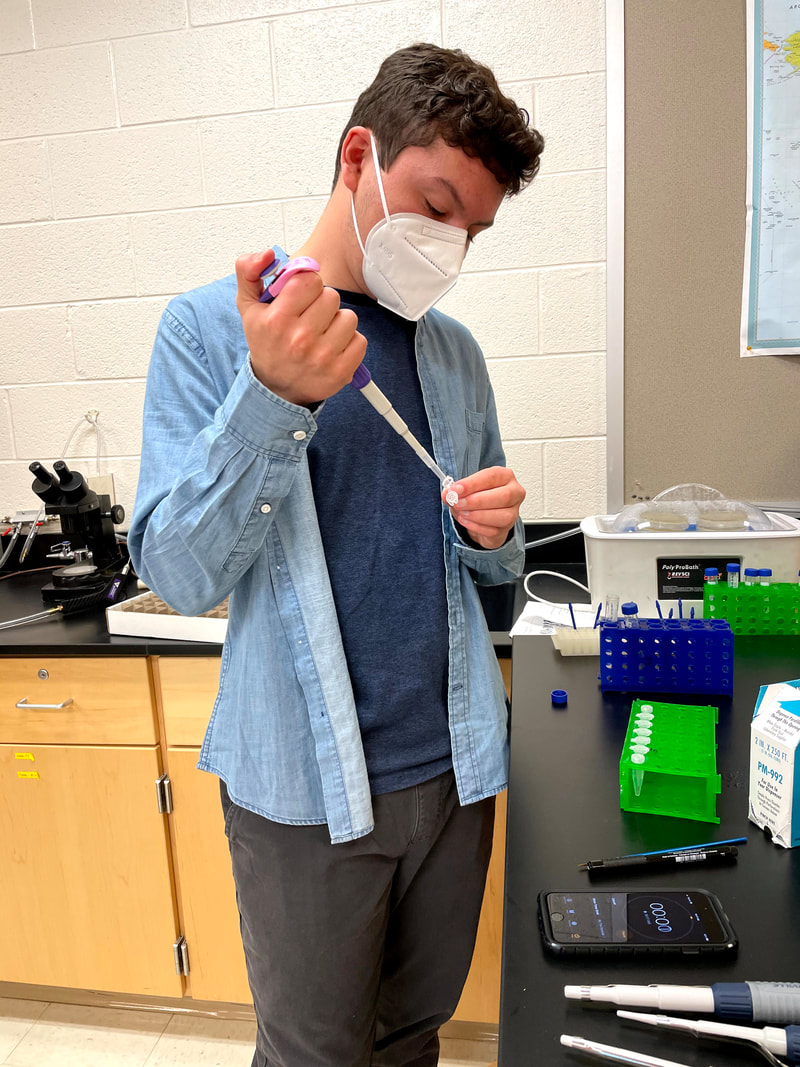
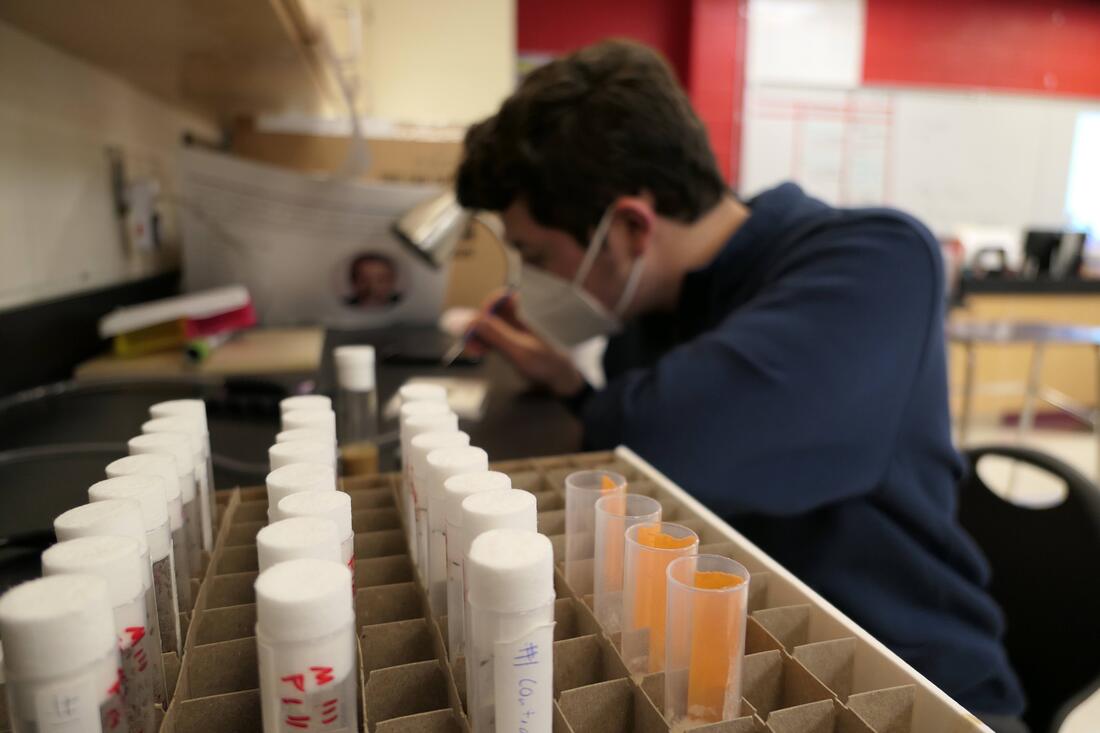
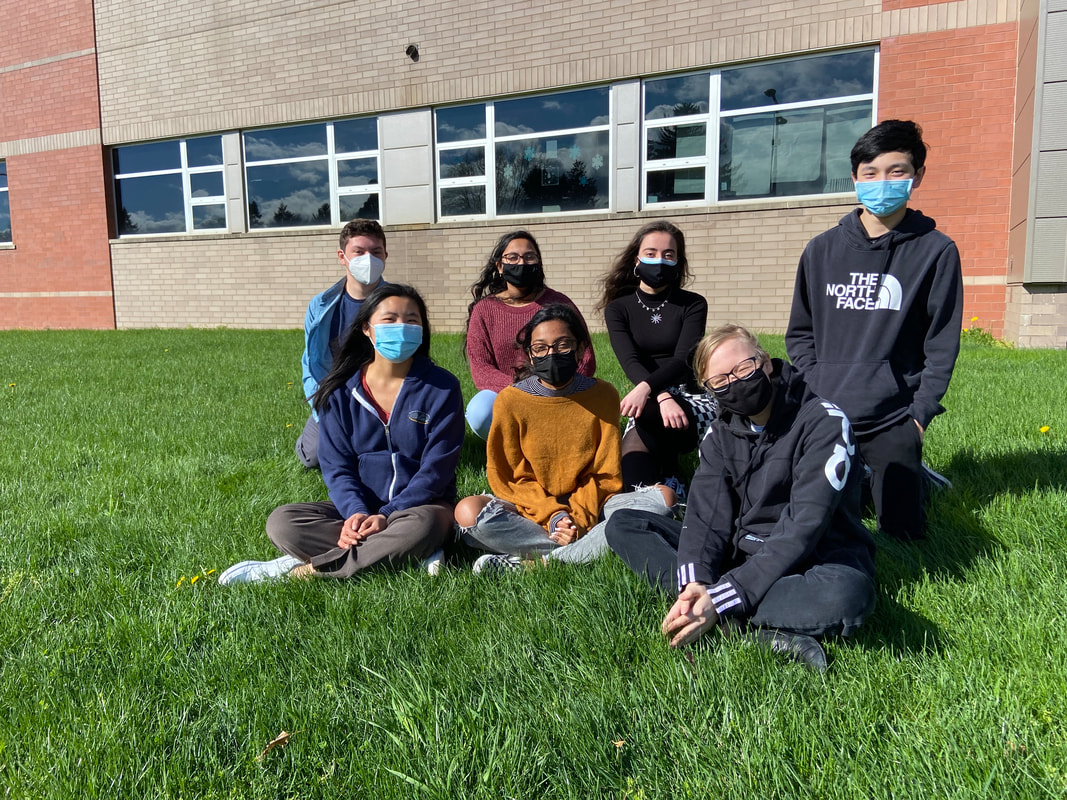

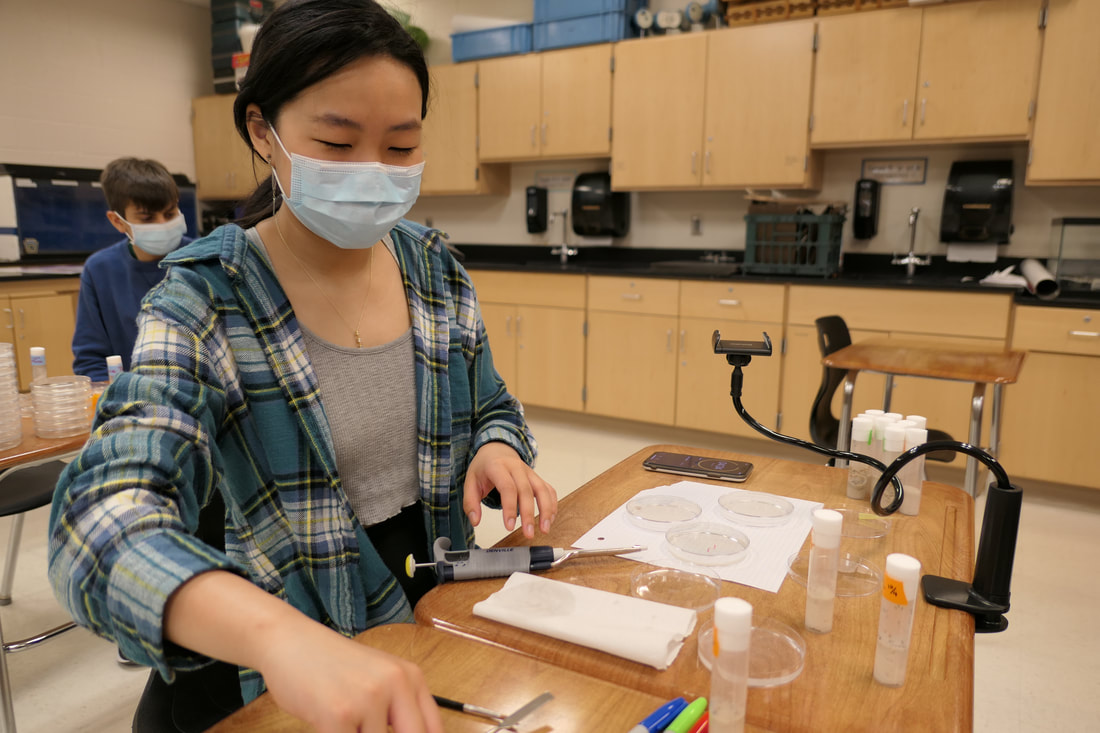
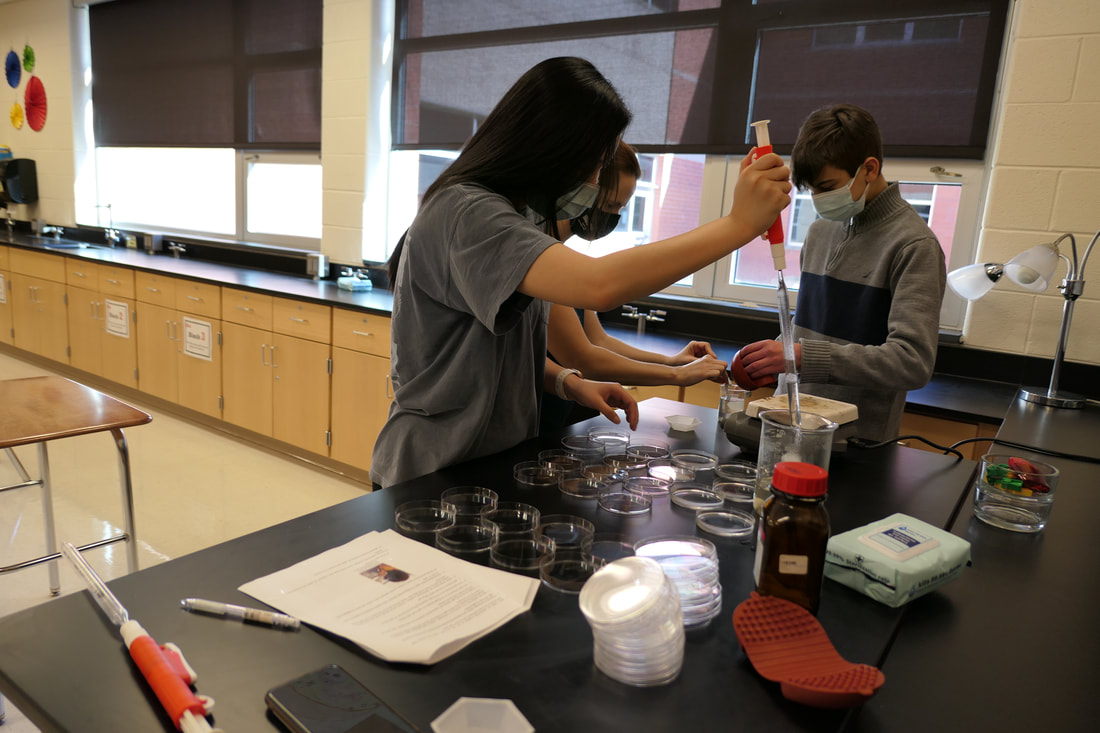
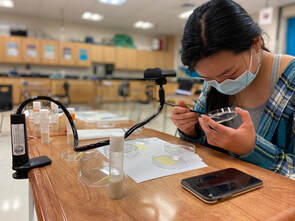

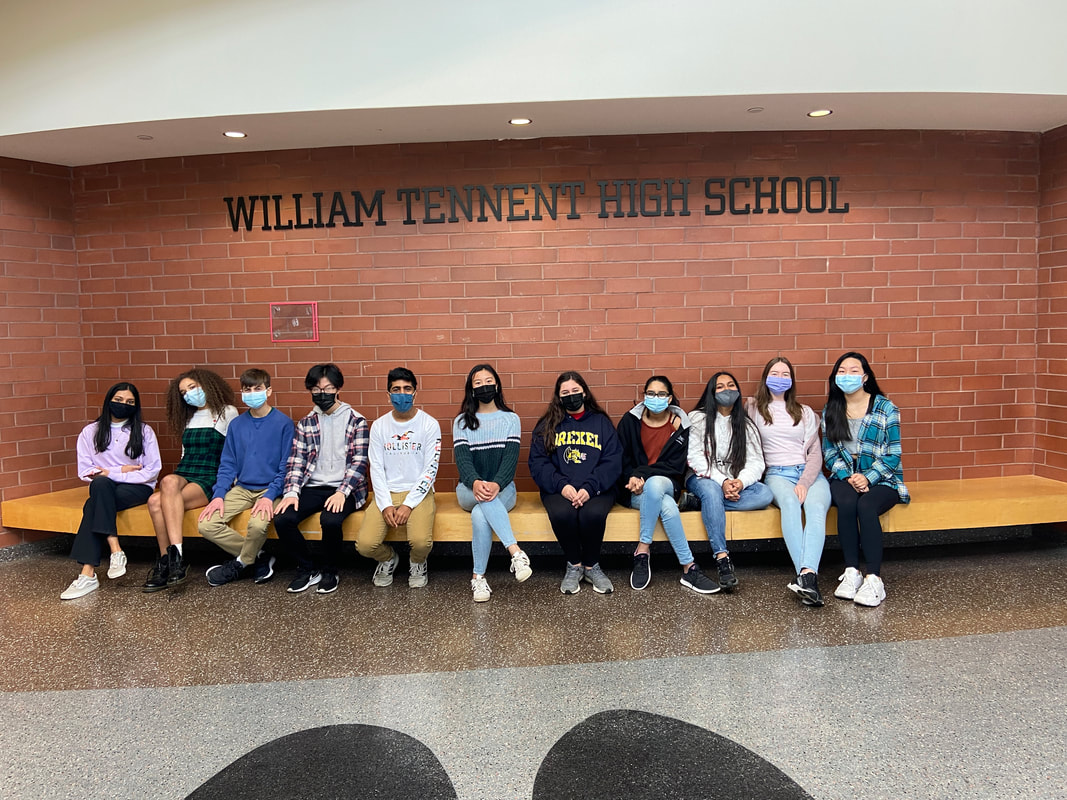
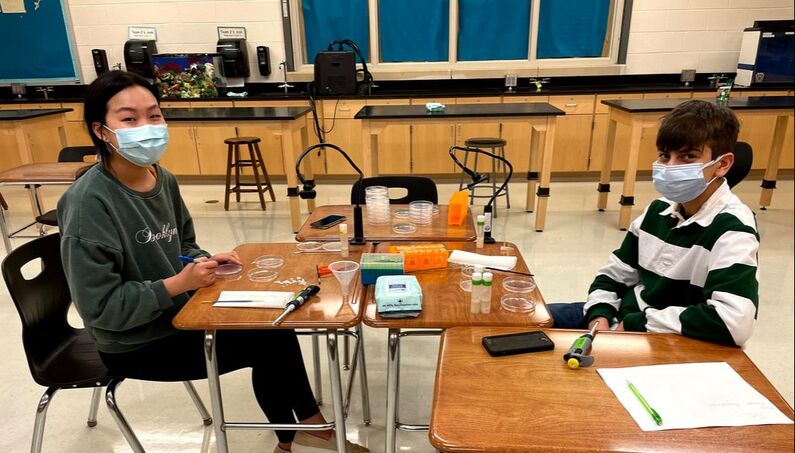
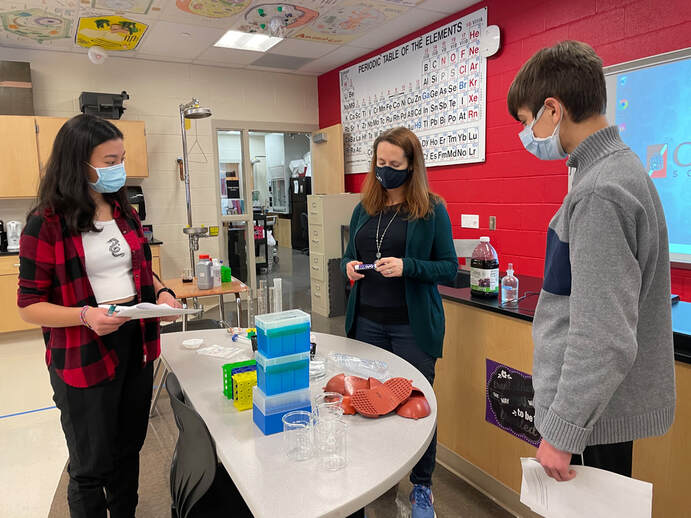

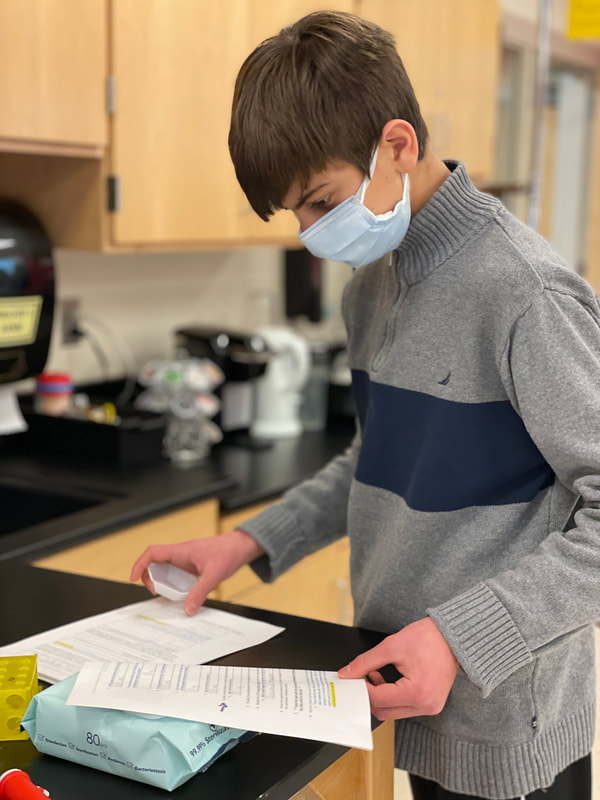

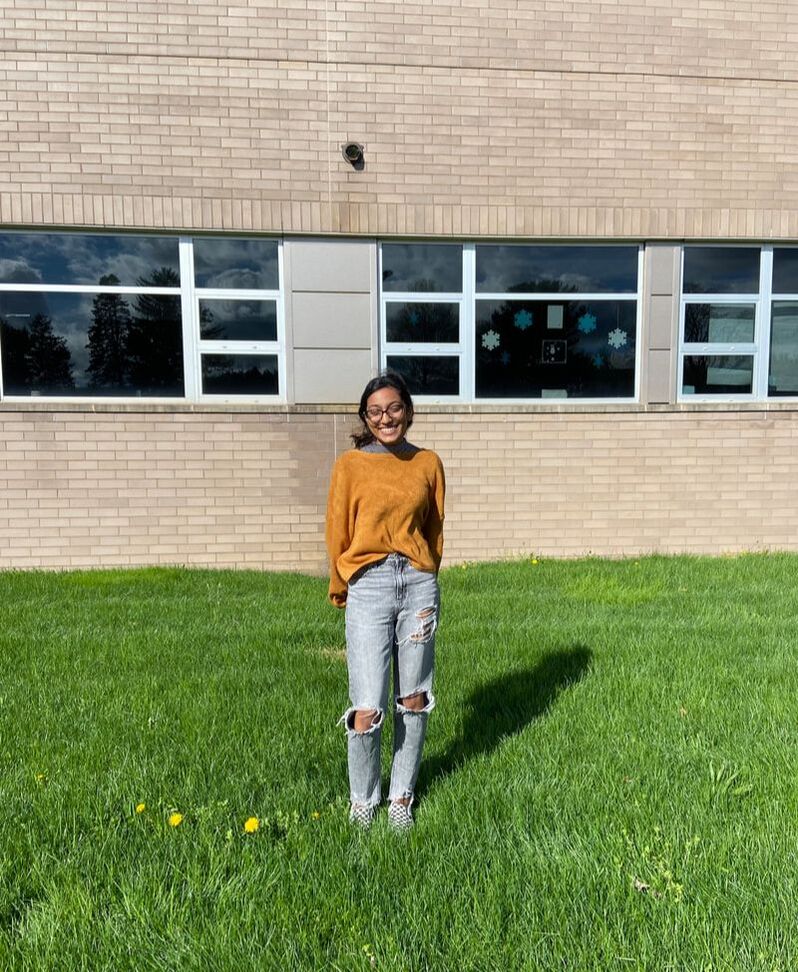


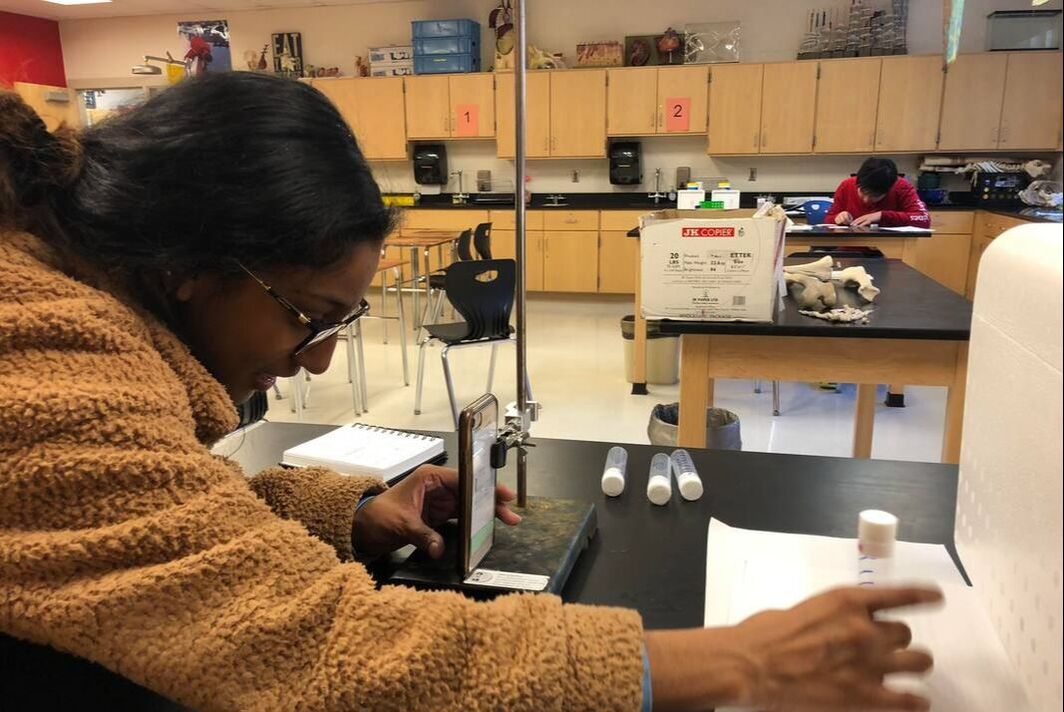
 RSS Feed
RSS Feed